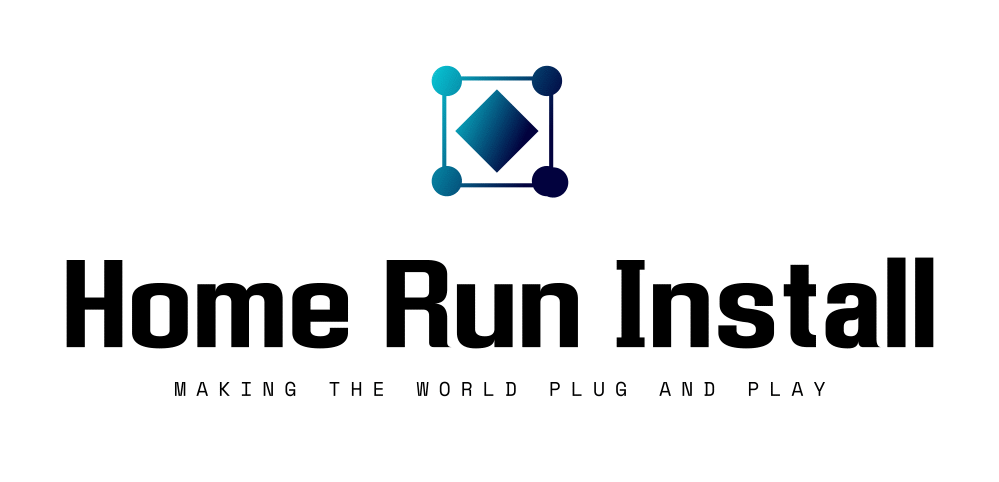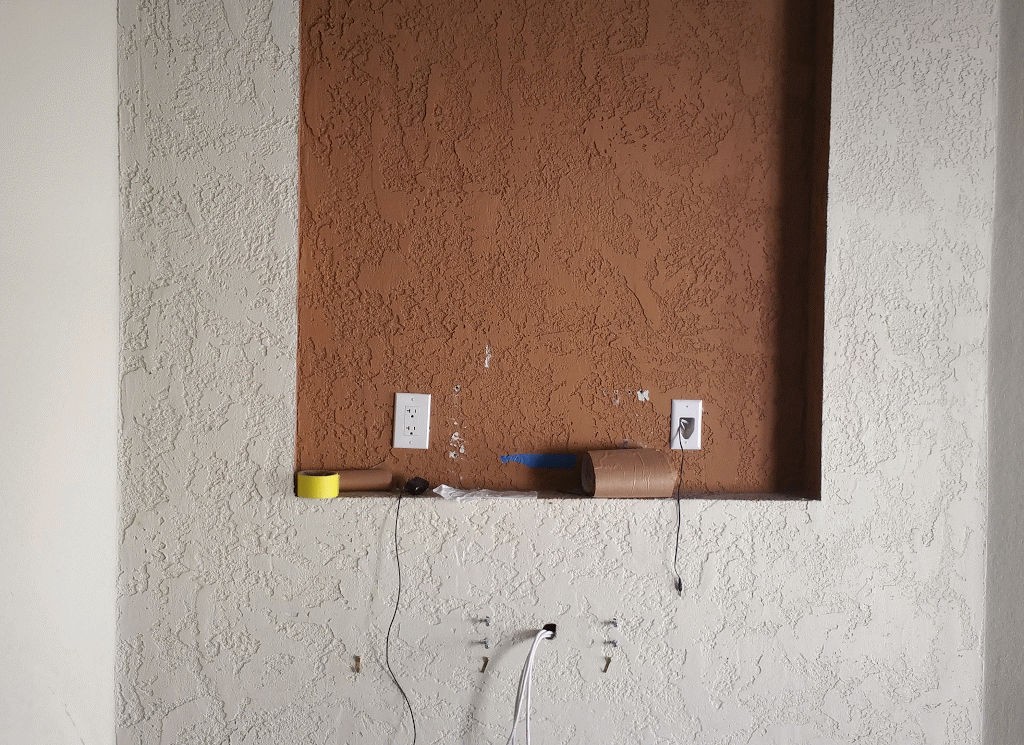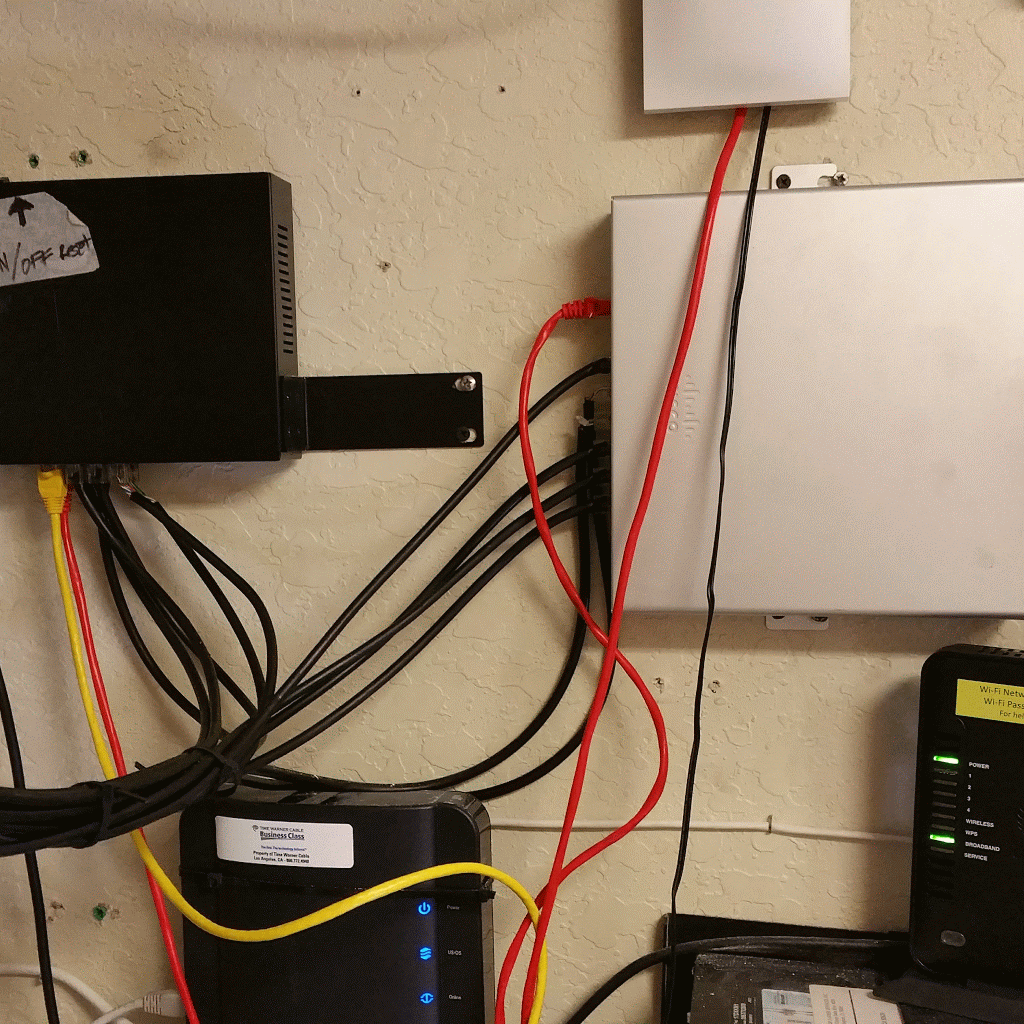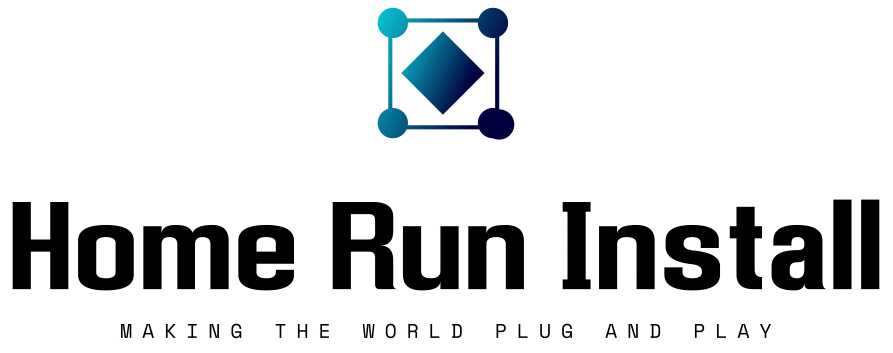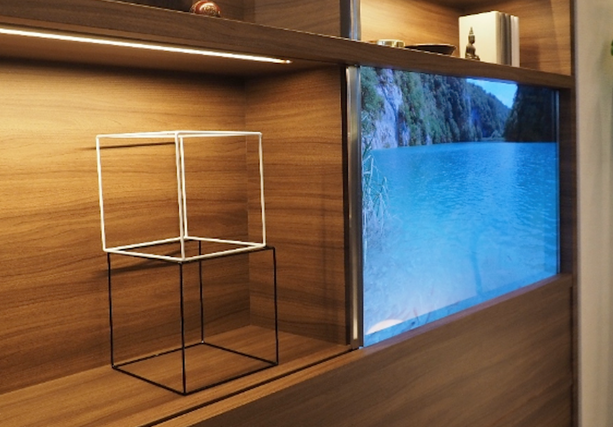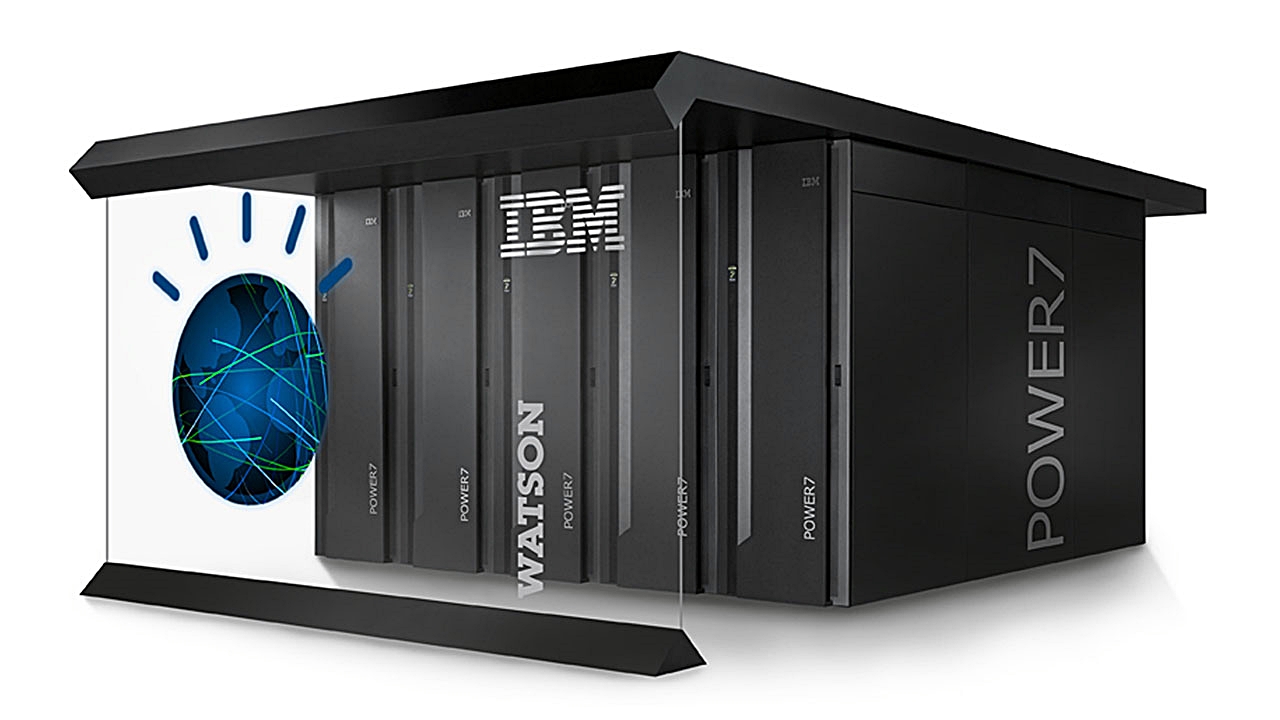Dot watch The first braille&tactile smartwatch. Coming in 2017
Specification
- Price : 290 USD (without tax) (the price will vary by region)
- Type : Circle
- Size : 43mm case
- Depth : 12.5mm
- Weight : 33g Braille cell
- : 4 active dynamic braille cells Material
- : 6000 Series aluminum
- Battery: Li-polymer 400mAh
- Band: 22mm Leather band
- Wireless MCU platform
- Bluetooth LE 4.2
- (iOS/Android)
- Gyroscope
- Touch sensor
Kodi : Open Source Home Theater Software.

Kodi®
Kodi® (formerly known as XBMC™) is an award-winning free and open source (GPL) software media center for playing videos, music, pictures, games, and more. Kodi runs on Linux, OS X, Windows, iOS, and Android, featuring a 10-foot user interface for use with televisions and remote controls. It allows users to play and view most videos, music, podcasts, and other digital media files from local and network storage media and the internet. Our forums and Wiki are bursting with knowledge and help for the new user right up to the application developer. We also have helpful Facebook, Google+, Twitter and Youtube pages.
Source: About | Kodi
https://youtu.be/X3OgcUvMqKw
https://youtu.be/4Leg9Z06Vyo
Friday 5 video for 02.17.17 – Stephen Hardy’s Friday 5 – The Lightwave Channel
Xtera comes off life support, AT&T deploys more fiber to the premises, score one for Europe, and Stephen can’t stop talking about 400G, apparently. All in this week’s edition of the Friday 5 video with Lightwave Editorial Director Stephen Hardy.
Source: Friday 5 video for 02.17.17 – Stephen Hardy’s Friday 5 – The Lightwave Channel
Bluetooth® – IoT network protocol

A2DP, GATT, HID and BIP are all important Bluetooth profiles. Fact! A2DP (Advanced Audio Distribution Profile) makes streaming stereo music possible. GATT (Generic Attribute Profile) allows developers to build unique profiles specific for their applications. HID (Human Interface Device Profile) makes your Bluetooth enabled mice and keyboards work effortlessly. BIP (Basic Imaging Profile) allows you to send images between devices (other phones, printers, even picture frames).
Bluetooth 5 Now Available:
Adoption of latest Bluetooth® specification propels interoperability, sets stage for transformative wireless connectivity
One to one connectivity have been solved. With much of the industry not realizing that bluetooth range can now be extended up to 1000 feet between low cost bluetooth routers and standard bluetooth low energy devices.
Key feature updates include:
Four times range
Two times speed,
Eight times broadcast message capacity.
Longer range powers whole home and building coverage, for more robust and reliable connections.
Higher speed enables more responsive, high-performance devices.
Increased broadcast message size increases the data sent for improved and more context relevant solutions.
“This means whole-home and building coverage, as well as new use cases for outdoor, industrial, and commercial applications will be a reality. With the launch of Bluetooth 5, we continue to evolve to meet the needs of IoT developers and consumers while staying true to what Bluetooth is at its core: the global wireless standard for simple, secure, connectivity.”
Source:
https://www.bluetooth.com/specifications/bluetooth-core-specification/bluetooth5
Adopted Specifications:
https://www.bluetooth.com/specifications/adopted-specifications
IoT and The Future of Living
https://www.youtube.com/watch?v=eoIQmWd8LTQ
For quite some time now, it’s largely been accepted as fact that innovation in the HDTV space had hit an insurmountable ceiling. With ultra-thin 4K displays delivering incredible picture quality at remarkably low prices, it was hard to fathom what the future of TV watching would entail, or if it would even be markedly different from what it is today.
But as the famous Steve Jobs quote goes: The best way to predict the future is to invent it. Apple may not have figured out how to re-invent the HDTV, but the same can’t be said for Panasonic.
Source: Panasonic just showed off an invisible TV with a fully transparent display
Panasonic just showed off an invisible TV with a fully transparent display
https://youtu.be/FcyO74UUAbs
Making Sense of All That Data: IoT Finds Its Missing Link | Electronics360
Casual observers of the Internet of things likely think it’s all about automating appliances and entire homes, as well as devices like wearables that will supposedly make their lives better. But delve deeper into IoT and a different picture emerges: if this is all IoT had to offer, it wouldn’t be that big of a deal. In reality, the real revenue generating goldmines for the companies involved in making IoT happen are everything but consumer applications.Manufacturing, “smart” cities, medicine, agriculture, the energy industry, utilities and similarly large enterprises are the type of applications driving IoT. They are collectively greater in size than the combined total of projected consumer applications and IoT provides a solution for improving their performance in many ways. For these benefits to occur, the massive amounts of data generated by IoT devices must be highly analyzed and converted to a form from which people can derive significant benefits. It’s a monumental task, which is why cognitive computing, artificial intelligence and machine learning are essential.Although Microsoft, Amazon, and other companies provide capabilities to accomplish all or some of these functions, the best example is IBM, which has invested heavily in cognitive computing, created the first major AI platform (Watson) in which it has invested billions of dollars, and is expanding the range of applications it serves.
Source: Making Sense of All That Data: IoT Finds Its Missing Link | Electronics360
Watch This $100 Drone Try to Do a Bumblebee’s Job
Japanese tinkerers created a tiny, flower-pollinating drone for a world without insects.
Could there be anything gloomier to think about than a mechanical bee?
It’s a sad fact—bee populations are in decline in many parts of the world. While the reasons bees are in trouble aren’t yet well understood, the problem has some technologists investigating whether drones could fly flower-spreading pollen instead.
The latest effort comes from Japan, where investigators at the National Institute of Advanced Industrial Science, in Tsukuba, were looking for new uses for sticky substances called ionic liquid gels that have unusual physical properties.
To make their pollinator, the team purchased $100 drones from Amazon and then added patches of horsehair to their undersides. After painting on the gels, which are moist and are about as sticky as a Post-It note, the drones were ready to grab and release pollen grains.
As shown in the video above, the researchers flew the drones smack into the male and female parts of pink and white Japanese lilies. It’s the first time a drone has pollinated a flower, according to project leader Eijiro Miyako.
The invention is still no replacement for the bumblebee. According to Joe Traynor, a “bee broker” in California, the almond industry in that state alone requires 1.8 million hives—containing around 35 billion bees—to pollinate almost a million acres of almond trees that each year sprout some three trillion flowers.
“I don’t see any technology that could replace bees,” says Traynor.
X10 Basics
X10 is a protocol for communication among electronic devices used for home automation (domotics). It primarily uses power line wiring for signaling and control, where the signals involve brief radio frequency bursts representing digital information. A wireless radio based protocol transport is also defined.
X10 was developed in 1975 by Pico Electronics of Glenrothes, Scotland, in order to allow remote control of home devices and appliances. It was the first general purpose domotic network technology and remains the most widely available.
Although a number of higher bandwidth alternatives exist, X10 remains popular in the home environment with millions of units in use worldwide, and inexpensive availability of new components.
Protocol
Whether using power line or radio communications, packets transmitted using the X10 control protocol consist of a four bit house code followed by one or more four bit unit codes, finally followed by a four bit command. For the convenience of users configuring a system, the four bit house code is selected as a letter from A through P while the four bit unit code is a number 1 through 16.
When the system is installed, each controlled device is configured to respond to one of the 256 possible addresses (16 house codes × 16 unit codes); each device reacts to commands specifically addressed to it, or possibly to several broadcast commands.
The protocol may transmit a message that says “select code A3”, followed by “turn on”, which commands unit “A3” to turn on its device. Several units can be addressed before giving the command, allowing a command to affect several units simultaneously. For example, “select A3”, “select A15”, “select A4”, and finally, “turn on”, causes units A3, A4, and A15 to all turn on.
Note that there is no restriction that prevents using more than one house code within a single house. The “all lights on” command and “all units off” commands will only affect a single house code, so an installation using multiple house codes effectively has the devices divided into separate zones.
Source: X10 Basics
